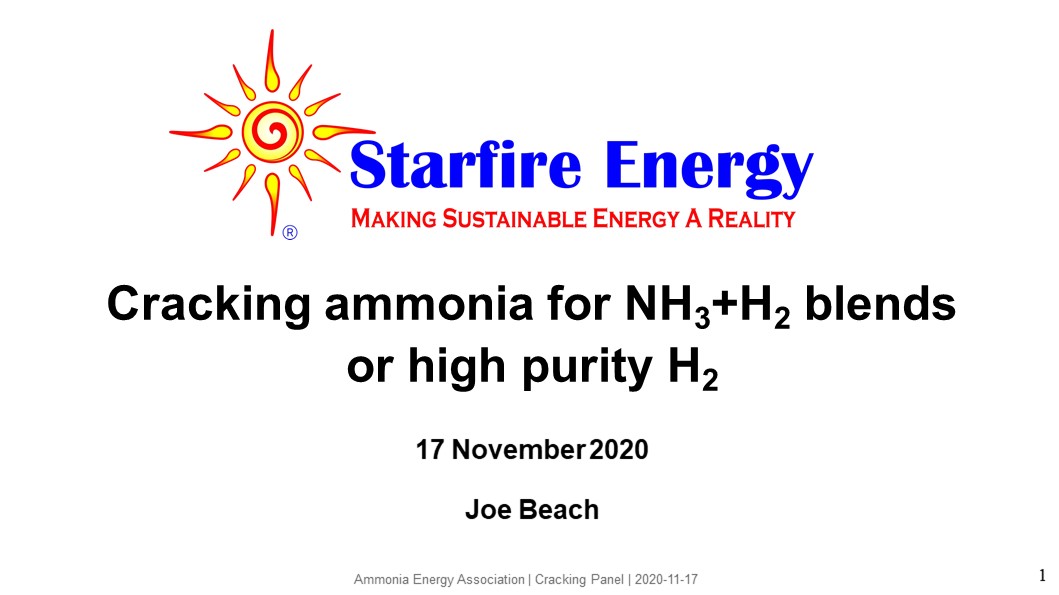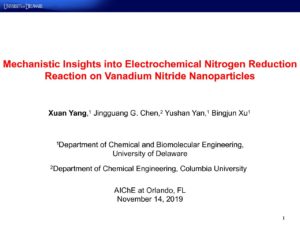Presentation
Ammonia cracking: when, how, and how much?
Cracking ammonia to produce hydrogen underpins many of the fuel-based uses of ammonia, and as such is a lynchpin technology in the case for ammonia energy. While in many ways ammonia cracking is a mature technology, systems which are designed specifically for these applications are less common. In this presentation, a general overview of the potential roles of ammonia cracking in facilitating the use of ammonia for energy applications will be outlined, including a survey of established and emerging cracking and purification technologies. A forthcoming project to produce an AEA Ammonia Cracking Technical Paper will be introduced.






